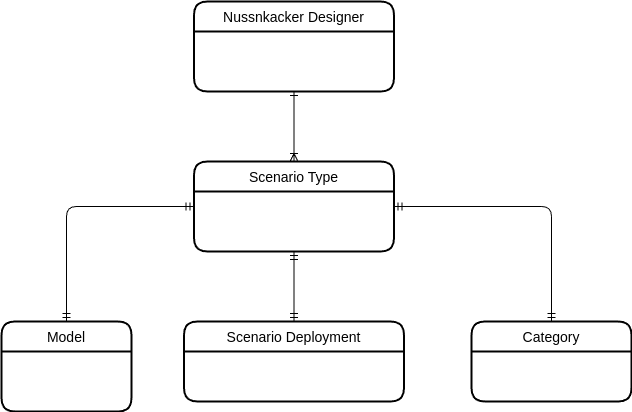Configuration
Minimal configuration file
The Docker image and the binary distribution contain minimal working configuration file, which is designed as a base for further customizations using additional configuration files. Check Conventions section for more details how to amend and override the minimal configuration file. This file is not used by the Helm chart, which prepares its own config file.
The location and name of the configuration files is defined by the CONFIG_FILE environment variable. Consult Basic environment variables for information on how this variable is resolved.
Details of K8s based configuration can be found in Nussknacker Helm chart documentation.
Configuration areas
Nussknacker configuration is divided into several configuration areas, each area addressing a specific aspect of using Nussknacker:
- Designer configuration (web application ports, security, various UI settings, database),
- Scenario Types configuration, comprising of:
- Model configuration.
- Scenario Deployment configuration,
- Category configuration
Model configuration defines which components and which Processing Mode will be available for the user. Scenario Deployment configuration defines how scenario using these components will be deployed on the Engine. Category defines who has access to the given combination of Model and Scenario Deployment.
The Scenario Type is a convenient umbrella term that groups all these things. Diagram below presents main relationships between configuration areas.

Configuration file
Let's see how those concepts look in fragment of the configuration file:
{/* Somehow, everything which is in the "pre" block is treated as jsx by Docusaurus */} {/* so, we need to add opening curly bracket as comment */} {/* and add leading spaces in a special way. If not jsx parser will remove them */} {/* Finally, do not worry - this is a valid jsx comment - you will not see it on Nu page*/} # Designer configuration environment: "local" {" "}# Each scenario type is configured here {" "}scenarioTypes: {"{"} {" "} "scenario-type-1": {"{"} {" "} # Configuration of scenario deployment (Flink used as example here) {" "} deploymentConfig: {"{"} {" "} type: "flinkStreaming" {" "} restUrl: "http://localhost:8081" {" "} } {" "} # Configuration of the model {" "} modelConfig: {"{"} {" "} classPath: ["model/defaultModel.jar", "model/flinkExecutor.jar", "components/flink"] {" "} restartStrategy.default.strategy: disable {" "} components: {"{"} {" "} } {" "} } {" "} category: "Default" {" "} } {" "}}It is worth noting that one Nussknacker Designer may be used to work with multiple Scenario Types and allow user:
- To use different set of components depending on the category
- To deploy scenarios on different Engines
See development configuration (used to test various Nussknacker features) for an example of configuration with more than one Scenario Type.
Environment variables
Environment variables are described in the Installation guide, they are mostly helpful in the docker setup.
Conventions
- We use HOCON (see the introduction or the full specification for details) as our main configuration format. Lightbend config library is used for parsing configuration files - you can check the documentation for details on conventions of file names and merging of configuration files.
nussknacker.config.locationsJava system property (CONFIG_FILEenvironment variable for Docker image) defines location of configuration files (separated by comma). The files are read in order, entries from later files can override the former (using HOCON fallback mechanism). This mechanism is used to extend or override default configuration contained in the minimal configuration file - see docker demo for example:- If
config.override_with_env_varsJava system property is set to true, it is possible to override settings with env variables. This property is set to true in the official Nussknacker Docker image.
It’s important to remember that model configuration is prepared a bit differently. Please read model configuration for the details.
What is next?
Most likely you will want to configure enrichers - they are configured under the modelConfig.components configuration key - see the configuration file. The details of enrichers configuration are in the Integration chapter of the documentation.